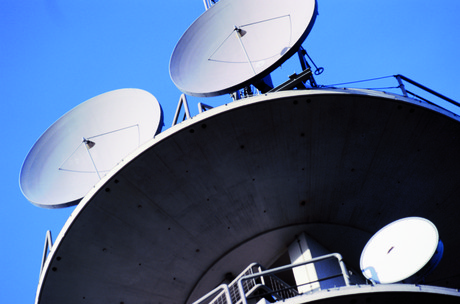Putting the 'critical' in mission-critical

Public safety communications need to be added to the list of Australia’s national critical infrastructure.
Most people in the connected world in which we now live would reasonably assume that Australia’s public safety agencies (police, ambulance, fire services and state emergency services) have the ability to capture and share multimedia data. To find out that this is not the case is met with amazement, incredulity or just plain disbelief. Even more unbelievable is that the ‘mission-critical’ communications used by these agencies are not actually considered ‘critical’.
This was recognised by the House of Representatives Committee on Infrastructure, Transport and Cities in its ‘Smart ICT Report on the inquiry into the role of smart ICT in the design and planning of infrastructure’. In its report in March 2016, the committee made the following recommendations, among others:
“The Australian Government recognise public safety communications systems as critical infrastructure, and continue to support the development of these systems, including funding research, promoting implementation, and providing national coordination.
“The Australian Government continue to support the development of disaster planning and emergency response systems, including funding research, promoting implementation, and providing national coordination.”
So what is meant by ‘critical infrastructure’? The Trusted Information Sharing Network provides the following definition:
“Those physical facilities, supply chains, information technologies and communication networks, which if destroyed, degraded or rendered unavailable for an extended period, would significantly impact on the social or economic wellbeing of the nation, or affect Australia’s ability to conduct national defence and ensure national security.”
The Prime Minister has said that the number one priority of the federal government is to keep Australians safe, and he has announced a number of machinery-of-government changes to support this statement. In this context, mission-critical public safety communications should be recognised within these changes and public safety and security agencies should also be added to the sectors already recognised as comprising the critical infrastructure community, ie, telecommunications, finance, transportation, energy, health, water, aviation and maritime. When Australia’s public safety and security agencies finally achieve a public safety mobile broadband (PSMB) capability, the need for their presence within the critical infrastructure community will become even greater.
PSMB will provide the agencies with a data-carrying and -sharing capability that will need at least the same level of protection and resilience as the other sectors … probably more so, as national security has now become a part of local communities — the very places where police, ambulance, fire and state emergency services officers are doing what the Prime Minister has promised: keeping Australians safe. They need critical communications capabilities that enable them to do this while at the same time keeping themselves safe.
At the time of writing, the Minister for Communications and the Arts had just announced that the Senate has passed the Telecommunications and Other Legislation Amendment Bill 2016, which aims to significantly enhance the security of our critical telecommunications infrastructure. This is the ninth significant tranche of national security legislation the Coalition government has passed since 2014.
Let’s hope that the next announcement about critical infrastructure will be government’s acceptance of the House of Representatives Committee’s recommendations recognising mission-critical public safety communications as critical infrastructure, paving the way for the long-awaited PSMB capability and beyond.
Why P25 technology remains a good fit for public safety communications
Digital LMR technology ensures police officers, firefighters and emergency management teams can...
From past to present: leveraging satellite data for better disaster resilience
Whether monitoring flood-prone regions or assessing wildfire-prone landscapes, historical...
Lancashire Police adds in-car video to full vehicle fleet
Motorola Solutions' M500 in-car video solution observes a vehicle's environment from...





